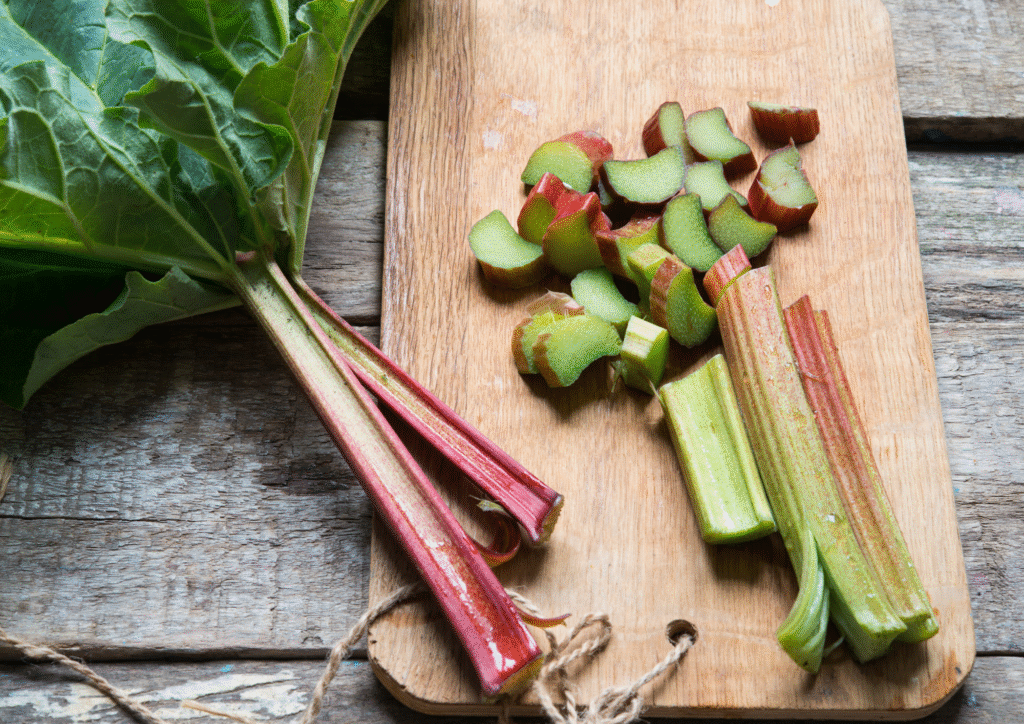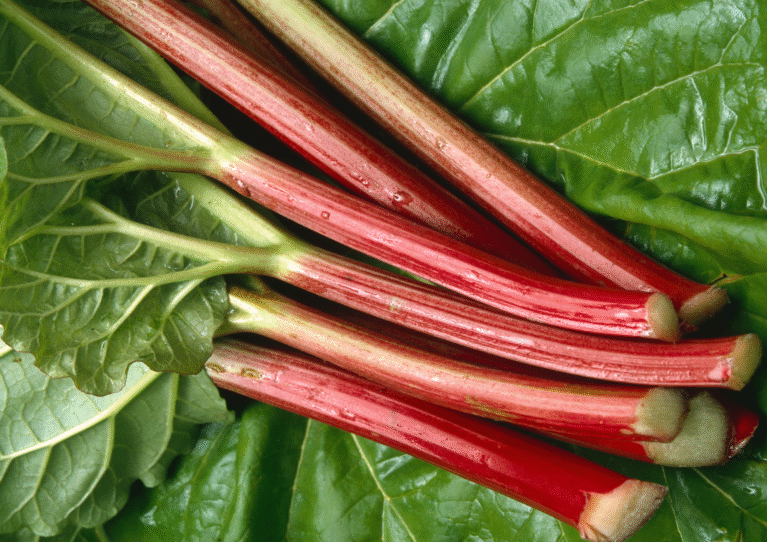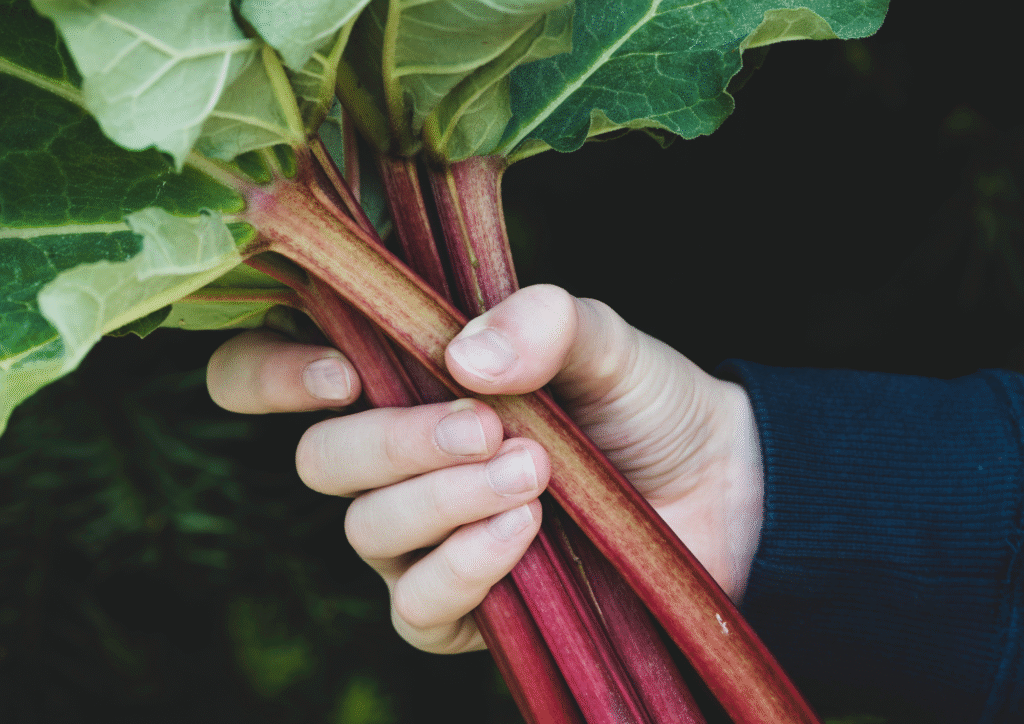Rhubarb - fruit or vegetable?
Rhubarb pleases the eye with its intense red colour and is ideal for a compote on warm summer days. But can a compote be made from a vegetable? Is it possible that yeast crumble hides... a vegetable? Check the answer - is rhubarb a fruit or a vegetable after all?
Rhubarb pleases the eye with its intense red colour and is ideal for a compote on warm summer days. But can a compote be made from a vegetable? Is it possible that yeast crumble hides... a vegetable? Check the answer - is rhubarb a fruit or a vegetable after all?

Many of us treat rhubarb in cooking as a fruit, although it is in fact a vegetable. Also known as rhubarb, it belongs to the knotweed family. In addition to its culinary uses, rhubarb is also used in herbal medicine.
The characteristic sour and tart flavour of rhubarb makes it difficult to confuse it with any other plant. It is this distinctive flavour that is its hallmark. Although the plant can be bought all year round, it is actually rhubarb season now. Until the end of June, we can enjoy the freshness and flavour of this vegetable.

Did you know that.
Rhubarb is native to the mountainous areas of south-east Asia? The plant also grows in Tibet and China. It appeared in Europe in the 16th century and today it can be found not only in markets, but also in many home gardens and allotments.
Nutritional values of rhubarb
Rhubarb mainly consists of dietary fibre and water. In 100 grams of this vegetable, there is as much as 3.2 g of fibre and 4.6 g of carbohydrates. It is also a valuable source of vitamins: A, C, E and K, as well as minerals such as iron, calcium, zinc and magnesium. As a result, rhubarb shows antioxidant, anticancer and anti-inflammatory properties.
Rhubarb also has the advantage of being high in water-soluble dietary fibre fractions, mainly pectin. These substances help to lower blood cholesterol levels, promote the excretion of bile acids and also help to regulate glucose levels after a meal. This can be helpful in the prevention and treatment of lipid disorders, atherosclerosis and diabetes.
Another advantage of rhubarb is that it is low in calories - 100 grams contain only about 20 kcal, making it an excellent ingredient for a weight loss diet. However, it is worth remembering that rhubarb also contains oxalic acid, which in excess can impede calcium absorption and promote the formation of kidney stones. For this reason, people with kidney disease or calcium-phosphate disorders should consume it in moderation.

What to make with rhubarb?
An alternative to the sweet uses of rhubarb is a cooler. Yes, you read correctly - a tomato and rhubarb cooler! Its preparation is really simple and doesn't require much commitment. You will need:
- 3 stalks of rhubarb,
- 6 medium raspberry tomatoes,
- small bunch of coriander,
- a few mint leaves,
- pepper, salt and a dash of Tabasco.
Scald and peel the tomatoes. Peel and dice the rhubarb as well. Pour one and a half cups of water into a pot and dissolve some sugar in it (e.g. 1-2 teaspoons, as desired). When the water boils, add the rhubarb and cook for a few minutes. Then remove it from the stock.
Add the chopped flesh of 4 tomatoes to the stock. Bring to the boil, blend and cool. Dice the remaining 2 tomatoes - just like the rhubarb before - and add them to the soup along with the chopped coriander and mint. Season to taste with salt, pepper and Tabasco. Serve well chilled.
There are many more savoury dishes with rhubarb. You can look for culinary inspiration both in cookbooks and on the Internet.



